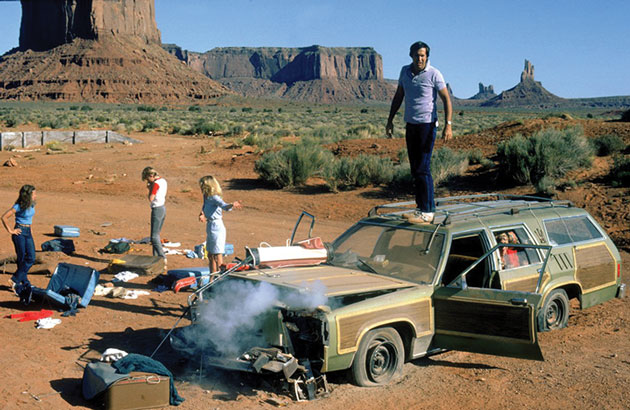Americans receive 15 days off a year, on average—though many admit to taking fewer than that out of guilt. Still, the US remains the only advanced economy without required paid vacation days. Which is surprising when you realize how long humanity has been fantasizing about free time:
350 B.C.: “Leisure is necessary,” Aristotle writes, “for the development of virtue and the performance of political duties.”

1400: Geoffrey Chaucer’s Canterbury Tales equates Christian pilgrims with spring breakers: “Whanne that April with his shoures sote/The droughte of March hath perced to the rote…Than longen folk to gon on pilgrimages.”
1567: Mary Queen of Scots takes heat for playing the trendy new game, golf, soon after her husband’s murder.
1600s: The Puritans scorn leisure—even on Sundays. In 1648, Massachusetts declares idleness a crime.
1700s: European gentlemen embark on “grand tours.” Women do, too, by some accounts, to flee the scandal of divorce or pregnancy.
1784: Benjamin Franklin: “If every man and woman would work for four hours each day on something useful, the rest of the 24 hours might be Leisure and Pleasure.”
1842: “The really efficient laborer,” writes Henry David Thoreau, “will saunter to his task.”
1850s: US doctors prescribe vacation for “brain fatigue.”
1869: Preacher William H.H. Murray publishes one of the first US wilderness guidebooks, introducing the radical idea that nature is restorative. His followers are dubbed “Murray’s fools”—and to his suggestion that wives be allowed on the sojourns, one critic demurred: “Let the ladies keep out of the woods.”
1879: “If a person leaves home at the end of his week’s work on the Saturday afternoon to spend the evening of Saturday and the following Sunday with friends,” a British magazine explains, “he is said to be spending his week-end at So-and-so.”
 1908: New England mills institute a weekend to accommodate Jewish workers who observe Shabbat.
1908: New England mills institute a weekend to accommodate Jewish workers who observe Shabbat.
1931: Economist John Maynard Keynes predicts technology will result in a 15-hour workweek.”For the first time since his creation, man will be faced with his real, his permanent problem,” he wrote, “how to occupy the leisure, which science and compound interest will have won?”
1965: Time magazine: Computers “will allow man to return to the Hellenic concept of leisure.”

1983: “This is no longer a vacation. It’s a quest for fun. We’re all going to have so much fucking fun we’re going to need plastic surgery to remove our goddamn smiles!” —Chevy Chase in National Lampoon’s Vacation
2000: Study: Middle-aged men who skip vacation for five years increase their heart-attack risk 30 percent.
2007: “The perfect job is the one that takes the least time,” Tim Ferriss writes in The 4-Hour Workweek. (By one blogger’s account, Ferriss works 60-plus hours a week.)

2009: President George W. Bush’s final vacation tab: 879 days, including 77 trips to his Texas ranch.
2015: Full-time US workers are allotted 15 days of vacation, on average, but take just 11. (Millennials say paid time off makes them feel guilty.) Kickstarter scraps its “unlimited vacation” policy because it discouraged workers from taking a break. The New York Times exposes Amazon’s ruthless culture: “When you’re not able to give your absolute all, 80 hours a week, they see it as a major weakness,” says one employee.

2017: Donald Trump spends 7 of his first 14 presidential weekends at Mar-a-Lago. Estimated cost to taxpayers: at least $20 million.











